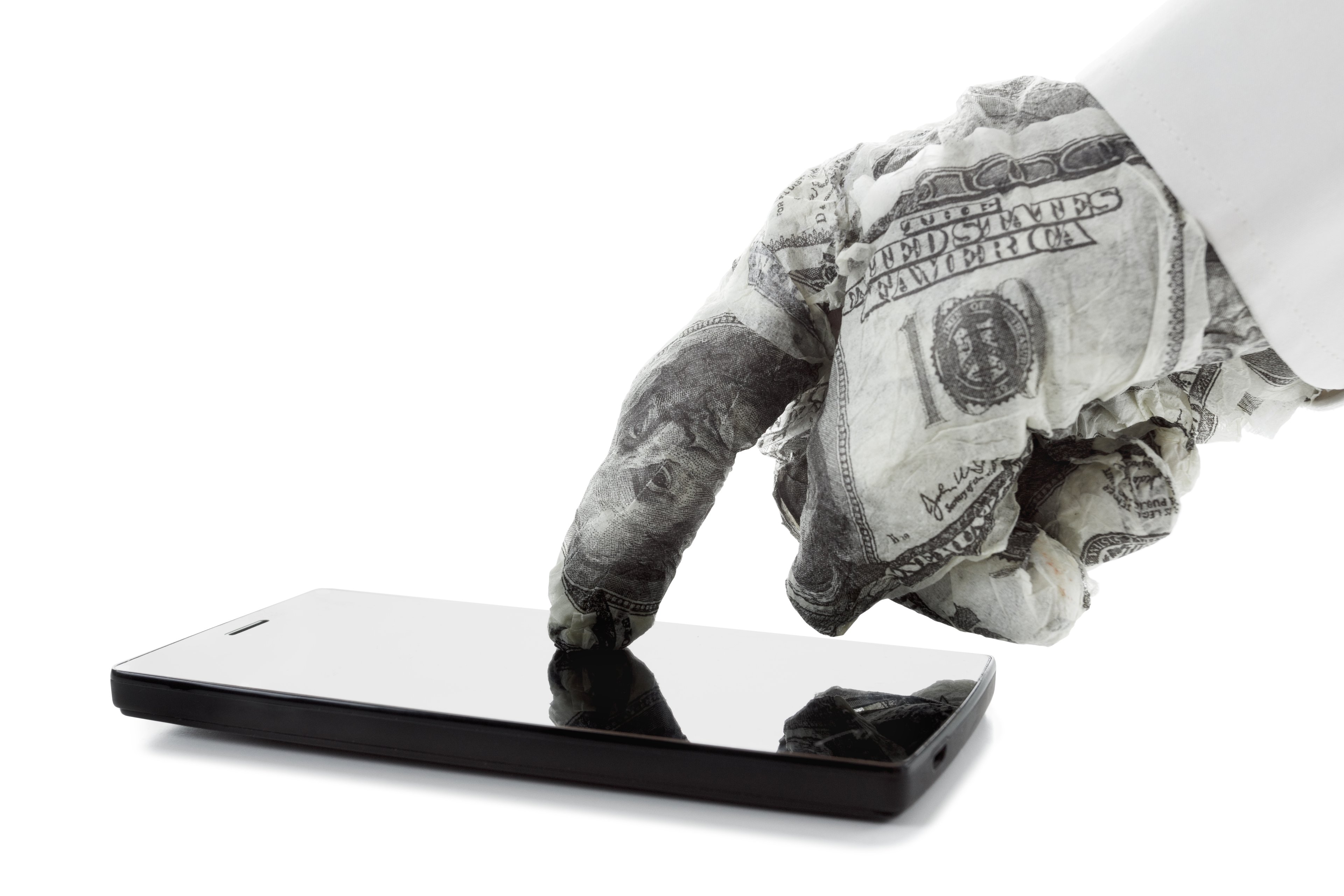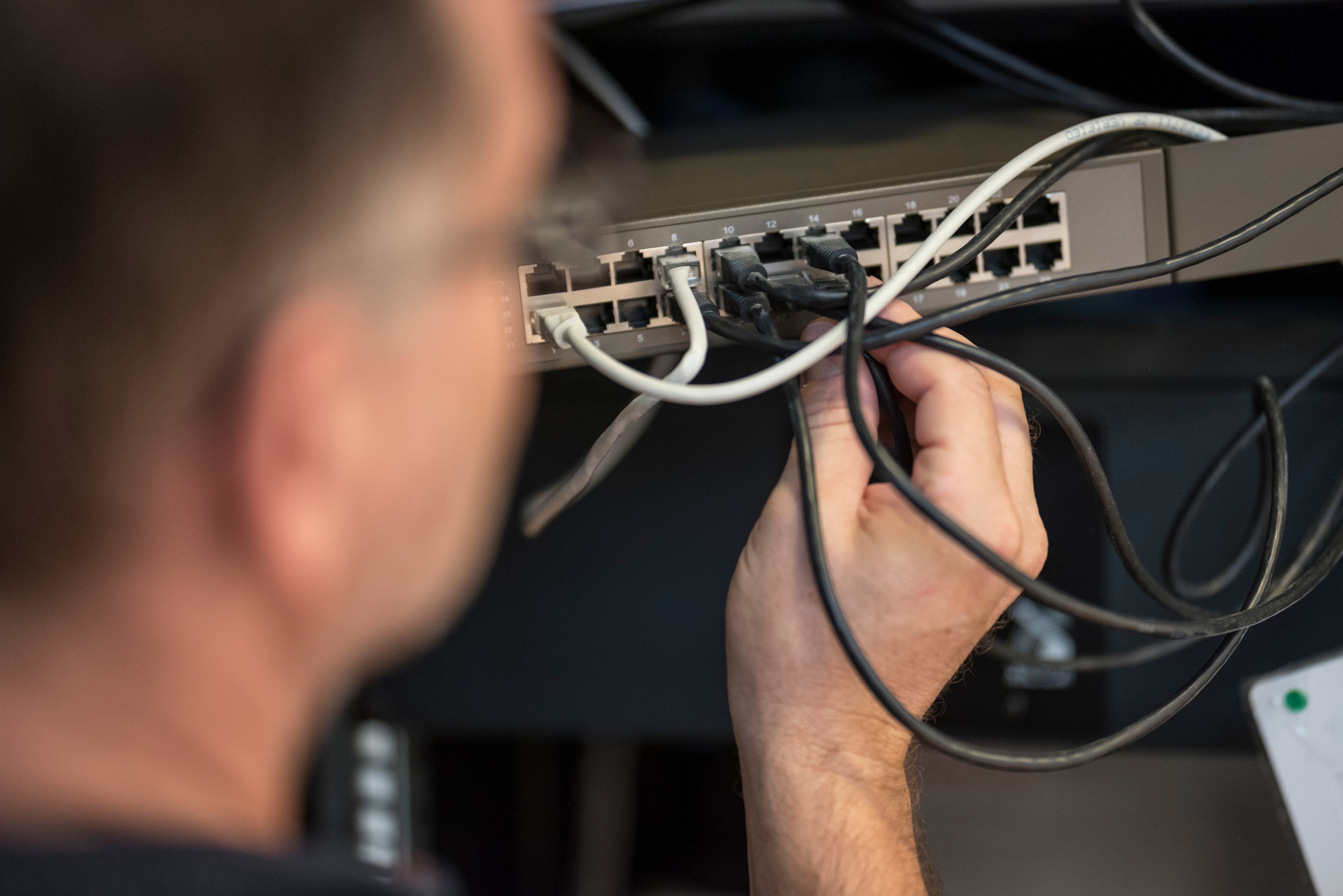
Image source: GoPro.
Nokia (NOK +0.92%) is getting hungry, and it's willing to cut prices in order to eat. Nokia slashed the retail price of its OZO virtual reality camera by 25% today, seemingly a desperate move for a product that just hit the market earlier this year. Some financial media outlets are playing this up as a challenge to GoPro (GPRO 0.63%), potentially nixing the rally in one of the hottest stocks in recent months.
It's not as bad as it seems. It's true that customers -- not companies -- tend to win when a price war erupts. We saw GoPro take a big hit when it slashed the price of its Hero4 Session camera not just once but twice during the latter half of 2015. Whether it's a rival triggering a price war or a company concluding that lower prices is what's needed to clear out inventory it's not pretty to see what happens to an industry's margins when it's a race to the bottom.
That may all be true, but let's assess the situation at Nokia a little closer. OZO is a high-end platform. Nokia bills it as the world's first professional virtual reality camera. It is a spherical device that captures 360 video and 360x360 sound as a result of eight cameras and microphones across the orb. There's an OZO Live platform for real-time broadcasts of events, but it will mostly be used for the production of filmed virtual reality content. This is high-end stuff. OZO hit the market at $60,000, and it's $45,000 today.
In the other corner, GoPro
Owners of GoPro devices aren't likely to be considering five-digit investments in cameras, but the top dog in wearable cameras does have some skin in the virtual reality game. It has GoPro Omni, a synchronized camera array that works with six Hero4 cameras. It retails for $5,000, or $1,500 if you want to supply your own Hero4 cameras.
Nokia's price cut at the high end is notable, but it's not going to force GoPro to reevaluate its price points. OZO is still nine times more expensive than Omni, and it will continue to be serving a different clientele.
GoPro will continue to be known for its wearable cameras that set buyers back three figures, not five. That's who it is, and while that's been a rough place to be as year-over-year sales have fallen sharply for the past three quarters, investors have been rallying behind GoPro stock based on the prospects of upcoming product lines that could breathe new life into former market darling.
Take a picture, it'll last longer
GoPro has had a wild first two years as a public company. It went public at $24 two summers ago, more than doubling by the end of 2014. It was a different story last year. Smartphone cameras got better, and holiday wish lists turned to hoverboards and drones as hot gifts in GoPro's price range.
Things got worse earlier this year when GoPro announced that it would be delaying the release of Hero5 as well as its Karma drone. With both of those products set to hit the market in the coming months, investors are getting excited. The stock has soared 79% since bottoming out in May.
It still has a long way to go get back to where it used to be. GoPro stock plunged 71% last year, and it's still trading well below its 2014 IPO price. GoPro's ability to sustain the recent rally will rest on the market's reception of Hero5, Karma, and other new products. The stock's surge isn't a play on GoPro Omni, and therefore it's not going to come undone because Nokia realizes that it failed to price its high-end production camera correctly the first time around.







